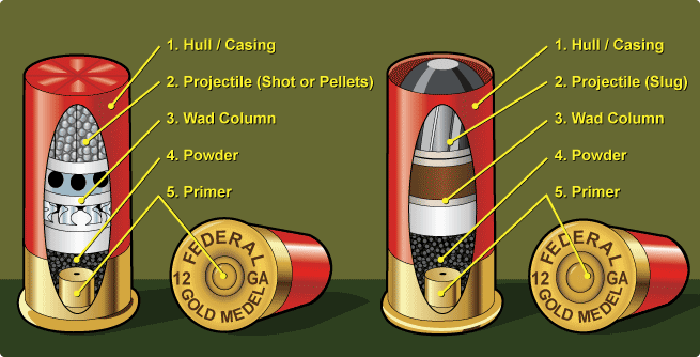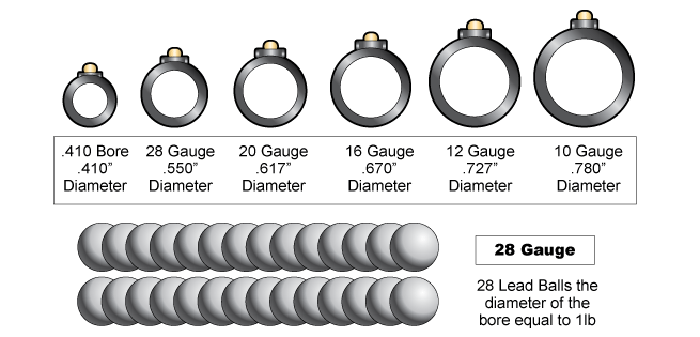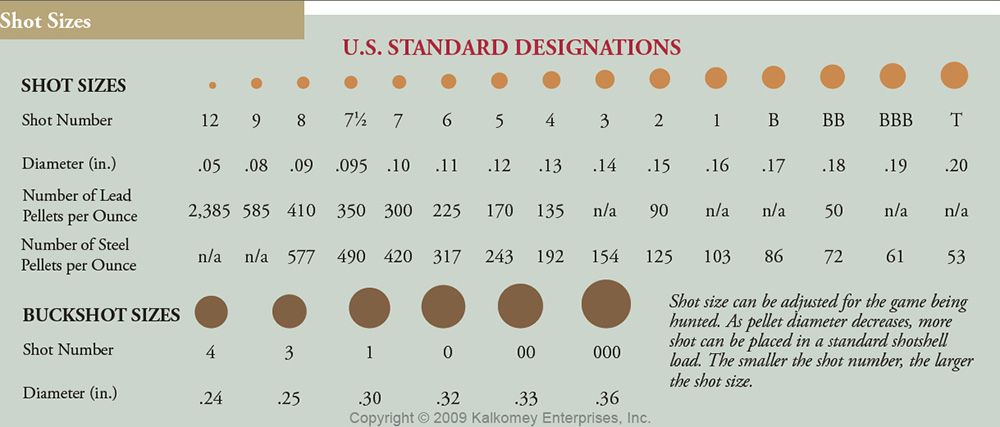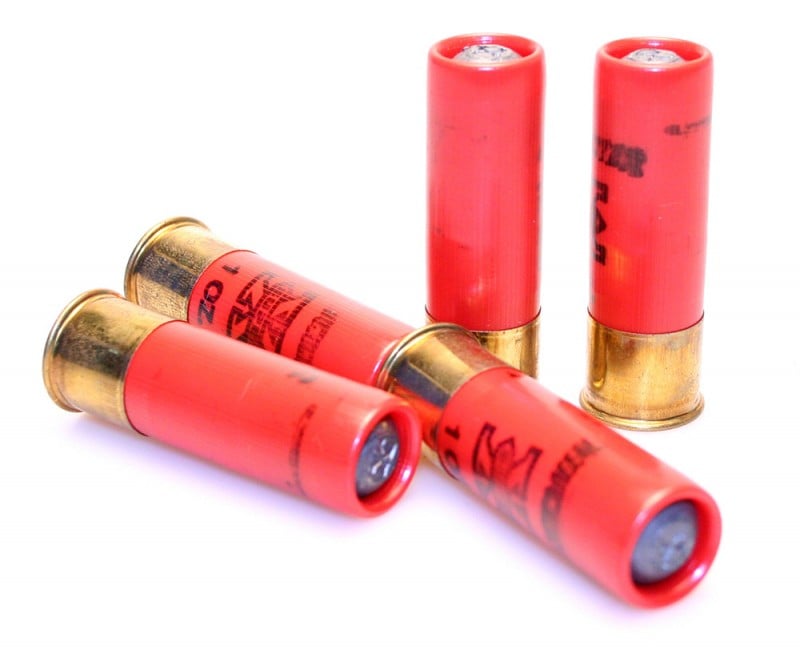
Last Updated on
Shotguns are some of the oldest shoulder-fire weapons still used today. They are extremely versatile and meet the needs of hunting, home defense, tactical and other applications. With that versatility comes an abundance of features and options that can make purchasing these weapons and their ammunition quite confusing.
In fact, there are thousands of different types of shotgun shells available today. Each type differs in certain areas to give you a specialized advantage in a certain application. Many seasoned shotgun owners, much less beginners, cannot describe all of the tiny differences involved with different shotgun shells.
Shotgun Ammo: Basic Components
All shotgun shells feature the same basic components. Some of these components may be altered to create a different result when fired. The case, or hull, is the exterior portion of the shotgun shell and holds all the other components together. Although a portion of the case may be made from brass, a thin plastic material makes up the majority of the case.
The shot, or in some cases, the slug accounts for most of a shotgun shell’s weight and represents the projectile portion of the ammunition. Many of this component’s characteristics depend on the type of shotgun shell. The wad, typically made from plastic, sits behind the shot to separate it from the powder.
Once the powder charge ignites, the wad seals the gas behind the shot and holds it together as it travels the length of the barrel. The powder is a chemical compound that expels gas as it burns to propel the wad and shot out of the shell. In modern shotguns, the powder charge is ignited by a center-fire primer which contains a chemical compound. This compound explodes when the firing pin strikes the primer.
Gauges
Unlike rifles and pistols that use calibers to identify chambering, modern shotgun barrels are chambered in gauges. These gauges are identified by the number of lead balls of a given diameter it takes to make one pound. For example, a quantity of 10-10 gauge diameter balls weigh one pound. 20-20 gauge balls also weigh one pound. The actual bore diameters are as follows: 28 gauge – .55 inch, 20 gauge – .615 inch, 16 gauge – .662 inch, 12 gauge – .729 inch and 10 gauge – .775 inch.
So why is gauge so important? Whether you are a competitive target shooter, a hunter, or just looking for another home defense option, the gauge you choose must match your body, shooting technique and unique needs. You need to find a balance between power, recoil, weight and availability. The 12 gauge option is by far the most available and versatile choice, but it does pack a significant amount of recoil that may not be tolerable for all shooters. The 20 gauge is also a popular option with low recoil, but it may not pack the punch needed to bring down larger game or handle all target shooting scenarios.
Chamber Lengths
The chamber length of your shotgun shells must fit the chamber of your shotgun. A shotgun’s chamber is the space where the shell gets placed for firing. Every shotgun barrel features a stamp stating the gauge and chamber length of the gun. While the gauge must always match exactly, the length of your shells must be equal to or less than your gun’s chamber length.
In the United States, 2 ¾” represents the standard chamber length for all gauges. However, some shotguns will take a 3” long shell. These guns can still fire a 2 ¾” shell safely. On the other hand, a shotgun with a 2 ¾” chamber should never be fired with a 3” shell. The gun could explode and cause severe injury to the shooter and any others nearby.
Most shells are 2 ¾”, but some hunters like to use the longer shells for heavier game. The 3” shells are typically more expensive. Always keep an eye on the length of the shells you are loading into your shotgun to avoid extreme danger.
Shotgun Loads
Although there are a few specialty options, there are two general types of shotgun loads: shot and slug. In order to choose the right load for your purposes, it is important to understand how both types work, as well as the variations within these two types.
Shot
When most people think of shotgun ammunition, they think of shells with shot loads. These are comprised of many small pellets that spread out after leaving the gun barrel. Most shot is made completely from lead, but other materials such as tungsten and steel are available.
Finding the right shot size for your application is extremely important to your effectiveness. Most shot sizes are classified by a number. This number will increase as the pellet size decreases. For example, a No. 8 shot features very small .09” pellets. A No.4 shot contains .13” pellets. Some of the largest shot sizes are classified in letters.
Hunters must match their shot size to the game they are hunting. No. 7 ½ or 8 shot works well for small birds such as dove, but for larger birds like geese, BB to No. 2 shot works best (TT to No. 1 for steel shot). The larger buckshot sizes should only be used for deer, varmints and self-defense.
Slug
Unlike a shot shell, a slug shell holds only one projectile. Shotgun slugs are typically reserved for big-game hunting and self-defense, but some feature non-lethal rounds used in law enforcement scenarios. In areas where traditional rifle hunting is illegal, slugs provide another hunting option for big game. Most slugs are effective at distances of up to 100 yards and supply a significant amount of kinetic energy at that range. Some modern slugs are rifled to improve accuracy, but few can compare to the long range accuracy provided by a traditional rifle.
Shotgun ammunition comes in many different shapes and sizes. To ensure that you choose the right ammo for your needs, it is essential to understand the differences between the many options and how they perform in different applications. A little research will go a long way towards finding a solid shotgun shell, but you will never find the perfect one for your needs and style without going out there and firing it first!








Leave a Reply